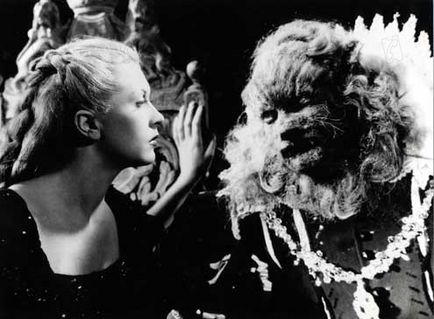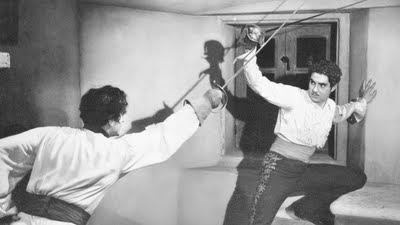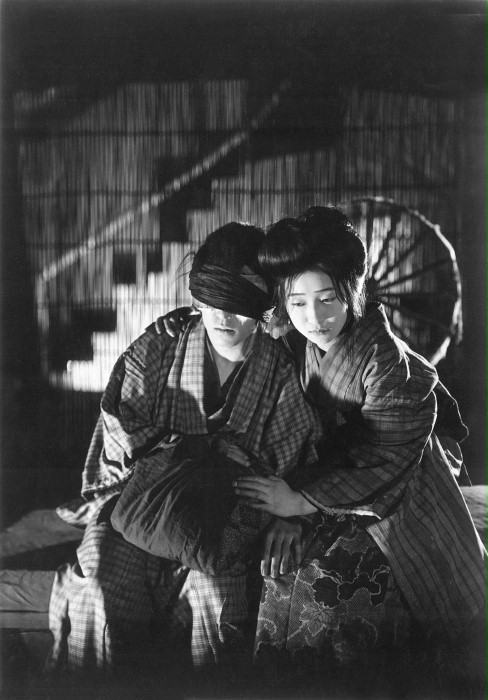
Every year the Berlinale, the Berlin Film Festival, organizes a retrospective program in cooperation with the Deutsche Kinemathek and Filmmuseum to accompany its contemporary programs: the official Competition, Panorama (international), Perspective German Cinema, Forum (experimental), and Generation (children). In past years, the retrospective has focused on directors, actors, genres or technologies. Many of the best retrospectives have featured little-known films and been accompanied by catalogs which brought new research to the fore. In the last 30 years, the “Retro" made a name for itself by recuperating the city’s lost German Jewish symbiosis, highlighting the work of exiled film directors and producers like Fritz Lang, Erich Pommer, Billy Wilder, Otto Preminger, and the Siodmak brothers, as well as exiled actors; homages have been dedicated to Jimmy Stewart, Kim Novak, and Sophia Loren, among others; German Nazi musicals, 70mm, and the history of production design have been examples of genre and technology oriented retrospectives.
This year’s Retrospective was dedicated to “The Aesthetics of Shadow. Lighting Styles 1915-1950,” a topic which can be very promising or dissipate into meaningless generalities. After all, isn’t all cinema, particularly black and white film, a visual construction of light and shadow, captured on photographic emulsion (at least it was in the analog world)? Unfortunately, the program tilted towards the latter outcome, especially given the film choices. Indeed, the organizers went with a heterogeneous mixture of mostly canonized works, betting on the popular, rather than the esoteric, with real discoveries few and far between.
One might, of course, argue that the canon needs to be shown every 20 years to a new generation of locals, but in fact, Berlin is rich in such film programming, especially at Arsenal. Foreign guests, on the other hand, need not travel to Berlin to see films that regularly screen on TCM or other sites where film history is valued. Was it really necessary to show yet again such chestnuts as Sunrise (F.W. Murnau, 1927), The Cheat (Cecil B. De Mille, 1915), The Mark of Zorro (Fred Niblo, 1920), The Dawn Patrol (Howard Hawks, 1930), Shanghai Express (Josef von Sternberg, 1932), Stagecoach (John Ford, 1939), Citizen Kane (Orson Welles, 1941), La Belle et la Bête (Jean Cocteau, 1946), Rashomon (Akira Kurosawa, 1950), and Ugestu Monogatari (Kenji Mizoguchi, 1953)? This list alone, which can hardly be subsumed under a particular aesthetic of lighting, whether expressionistic, realistic or documentary, reveals that the retrospective this year was more of a potpourri than sharply focused on achieving new film historical revelations.
 Not that there weren’t individual discoveries. The Japanese portion of the program offered Teinosuke Kinugasa’s little-seen Jujiro (Crossroads) (1928), a film heavily influenced by German expressionist cinema. Kinugasa is of course the director of A Page of Madness (1926), an amazingly stylized, off-the-wall piece of unique cinema. Here Kinugasa portrays—in a Kammerspiel-style that reminded me of Backstairs (1923)—a brother and sister who live at the very edges in abject poverty; he is trapped in a l’amour fou with a common street prostitute who treats him like dirt, while she attempts to resist sinking into prostitution. Shot on a few minimal sets, the film’s power is achieved through its stylized acting, which vacillates between utter stasis and explosions of emotions, revealed in physiognomies. Other discoveries from Japan included Kinugasa’s An Actor’s Revenge (1936/52), Yasujiro Ozu’s That Night’s Wife (1930), and Hiroshi Shimizu’s A Hero of Tokyo (1935), although print quality was not writ large in any of the Japanese offerings.
Not that there weren’t individual discoveries. The Japanese portion of the program offered Teinosuke Kinugasa’s little-seen Jujiro (Crossroads) (1928), a film heavily influenced by German expressionist cinema. Kinugasa is of course the director of A Page of Madness (1926), an amazingly stylized, off-the-wall piece of unique cinema. Here Kinugasa portrays—in a Kammerspiel-style that reminded me of Backstairs (1923)—a brother and sister who live at the very edges in abject poverty; he is trapped in a l’amour fou with a common street prostitute who treats him like dirt, while she attempts to resist sinking into prostitution. Shot on a few minimal sets, the film’s power is achieved through its stylized acting, which vacillates between utter stasis and explosions of emotions, revealed in physiognomies. Other discoveries from Japan included Kinugasa’s An Actor’s Revenge (1936/52), Yasujiro Ozu’s That Night’s Wife (1930), and Hiroshi Shimizu’s A Hero of Tokyo (1935), although print quality was not writ large in any of the Japanese offerings.
Interesting politically, if not necessarily aesthetically, was Five Scouts (Tomotaka Tasaka, 1938), a hardcore Japanese war propaganda epic. One of the most successful films at the Japanese box office at the time of its release, the film follows the fate of five soldiers contributing to the Japanese invasion of China in 1937. The five are sent out on a reconnaissance patrol and are suddenly surrounded by Chinese troops, but they eventually all make it back to their own lines to fight another day, and one assumes help in the slaughter of hundreds of thousands of Chinese civilians in Nanjing. Like Howard Hawk’s Airforce (1943), also shown in the retrospective, the focus is on the brotherhood of comrades in arms, but light and shadow were noticeably absent, excepting a few night scenes.
The German language catalog to the retrospective is handsomely designed and illustrated, its essays valiantly attempting to explicate the technology and aesthetics of lighting, but it ultimately travels well-worn film historical paths, thus functioning more as a film history 101 for general reading than as a groundbreaking work.






 Mobile Navigation
Mobile Navigation

